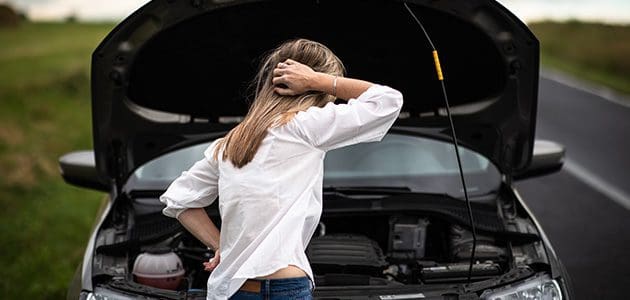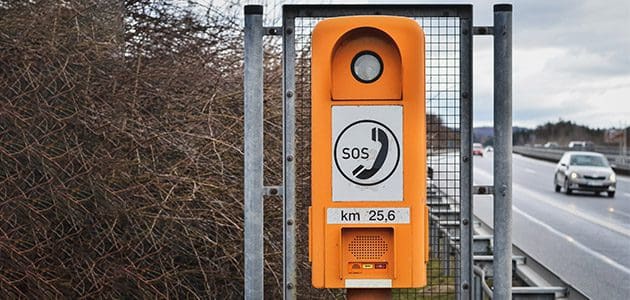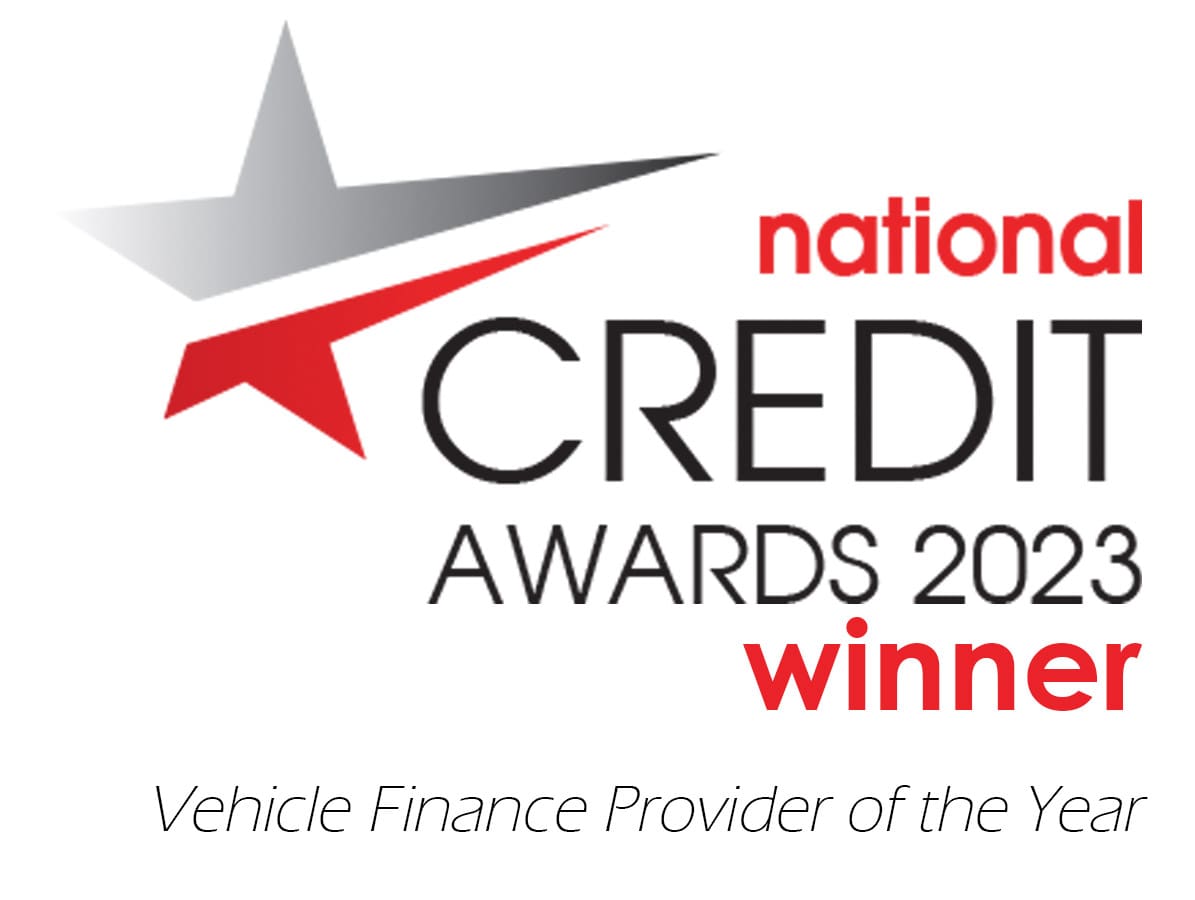- Car finance Car finance
- Motorbike finance Motorbike finance
- Van finance Van finance
- How it works How it works
- FAQs and guides FAQs and guides
- About us About us
- Home
- Blog
- Looking After Your Vehicle
- What to do if your car breaks down
What to do if your car breaks down
Updated: Wednesday, 31 May 2023
Nothing ruins a day more than breaking down.
As you can’t control when and where you breakdown, it’s always best to be prepared so that if you find yourself stationary on the hard shoulder…or indeed in the middle of the road, you know what to do.
Nothing ruins a day more than breaking down.
As you can’t control when and where you breakdown, it’s always best to be prepared so that if you find yourself stationary on the hard shoulder…or indeed in the middle of the road, you know what to do.
What to do if your car breaks down
What to do if your car breaks down
Stop as soon as you can
If you sense there is a problem with your car but it hasn’t broken down, stop as soon as it is safe to do so, either off the road completely or, if this isn’t possible, as far left as you can position it.
If you’re travelling on the motorway, indicate in advance and reduce your speed slowly as you pull onto the hard shoulder, coming to a stop as far over to the left as possible with your wheels pointing away from the inside lane.
The main thing to remember is to stay calm, and to stay safe.

Stop as soon as you can
If you sense there is a problem with your car but it hasn’t broken down, stop as soon as it is safe to do so, either off the road completely or, if this isn’t possible, as far left as you can position it.
If you’re travelling on the motorway, indicate in advance and reduce your speed slowly as you pull onto the hard shoulder, coming to a stop as far over to the left as possible with your wheels pointing away from the inside lane.
The main thing to remember is to stay calm, and to stay safe.

Leave the vehicle safely and stay alert
If you breakdown, switch on your hazard lights and leave the stationary car (including any passengers) from the left-hand side which will be furthest away from any oncoming traffic. If you have pets in the car, leave them inside unless it’s an emergency.
After judging your surroundings, if you feel it is safe to put out your warning triangle (often found under your boot shelf) then do so, at least 45 meters behind your car to warn other road users to slow down.
While you’re waiting for assistance, always face the direction of traffic flow and stay alert to your surroundings. If you have a reflective jacket it’s best to put it on, even if it’s not night-time.
In the event of breaking down suddenly in an operational lane (any road other than the hard shoulder) of a dual carriageway or motorway, turn on your hazard warning lights and call the emergency services straight away explaining the situation. Do not disembark the vehicle or take your seatbelt off.
Leave the vehicle safely and stay alert
If you breakdown, switch on your hazard lights and leave the stationary car (including any passengers) from the left-hand side which will be furthest away from any oncoming traffic. If you have pets in the car, leave them inside unless it’s an emergency.
After judging your surroundings, if you feel it is safe to put out your warning triangle (often found under your boot shelf) then do so, at least 45 meters behind your car to warn other road users to slow down.
While you’re waiting for assistance, always face the direction of traffic flow and stay alert to your surroundings. If you have a reflective jacket it’s best to put it on, even if it’s not night-time.
In the event of breaking down suddenly in an operational lane (any road other than the hard shoulder) of a dual carriageway or motorway, turn on your hazard warning lights and call the emergency services straight away explaining the situation. Do not disembark the vehicle or take your seatbelt off.
What to do if you breakdown on a dual carriageway
If you break down on a dual carriageway, please follow the above advice first and foremost. This means try and get the vehicle off the road by taking the next exit, and if this is not possible try and get as far left on the road as possible. Get out the car safely and warn other road users by putting your hazards on and using your warning triangle if you have one.
Vehicles are driving at a high speed on dual carriage ways, which means it’s important that you get out the vehicle if it is safe to do so, and find a spot on the side of the road that is safe to sit and wait for someone to come and get you.
If you have breakdown cover, we would suggest keeping the number to call as a contact in your mobile phone.
What to do if you breakdown on a dual carriageway
If you break down on a dual carriageway, please follow the above advice first and foremost. This means try and get the vehicle off the road by taking the next exit, and if this is not possible try and get as far left on the road as possible. Get out the car safely and warn other road users by putting your hazards on and using your warning triangle if you have one.
Vehicles are driving at a high speed on dual carriage ways, which means it’s important that you get out the vehicle if it is safe to do so, and find a spot on the side of the road that is safe to sit and wait for someone to come and get you.
If you have breakdown cover, we would suggest keeping the number to call as a contact in your mobile phone.
What to do if you breakdown on the motorway
Currently in the UK there are 2 types of motorways, traditional and smart.
Smart motorways have been designed to allow for an increase of capacity whilst reducing congestion in particularly busy areas. The ways in which they can do this is by adding more cameras to allow for monitoring of speed limits, and subsequent slows in traffic or congestion, and also to use the hard shoulder as a running lane to free up congestion. This means there are no hard shoulders on smart motorways, and therefore breaking down on a traditional motorway or a smart motorway means you have different issues to tackle.
What to do if you breakdown on a traditional motorway
The same rules apply should you breakdown on any road, try to get out of the road and stay safe when getting out the vehicle. However if you are on a motorway or smart motorway, then the risk of placing a warning triangle on the hard shoulder is too great and should be avoided.
If possible, pull over near to an emergency phone which will instantly connect you (free of charge) to breakdown recovery or the emergency services who will get your exact location. In the UK, emergency telephones are orange boxes, positioned at one-mile intervals.
To stay safe if you break down on a traditional motorway you should follow these steps in this order:
- Try to get off the motorway if you can
- Make yourself visible, by turning on your lights and hazard lights. If you have any high visibility clothing, also put this on
- Get out the car and wait in a safe place away from the busy road. This is normally on a higher grass verge at the side of the motorway. Do not get back into your vehicle even if it starts to rain.
- Report your breakdown to your breakdown cover provider.
What to do if you breakdown on a smart motorway
If you breakdown on a smart motorway, there is no hard shoulder to pull over. Instead, you will need (if possible) to stop in an emergency refuge area or exit at the next service station or junction if that’s closer.
Emergency Refuge Areas (ERA) are positioned no more than 1.5 miles apart and have a bright, highly visible orange road surface with clear signage on approach and an SOS orange emergency telephone.
If you are unable to make it to a ERA then you should follow these steps:
- Try to move on to the grass verge if there is no safety barrier blocking it and it is safe to do so
- Switch on your lights and your hazard lights, and put on any high visibility clothing
- If you stop in the nearside lane, you must leave your car via the nearside (left) hand door
- Wait safely behind the barrier and do not return to your car even if it starts to rain
- Contact Highways England via the roadside emergency telephone provided in your nearest ERA.
If your car breaks down before you can reach an ERA or service station and you find yourself in an operational traffic lane, this is any lane other than the nearside (left hand) lane, then switch your hazard lights on immediately, keep your seatbelt on and call 999.
What to do if you breakdown on the motorway
Currently in the UK there are 2 types of motorways, traditional and smart.
Smart motorways have been designed to allow for an increase of capacity whilst reducing congestion in particularly busy areas. The ways in which they can do this is by adding more cameras to allow for monitoring of speed limits, and subsequent slows in traffic or congestion, and also to use the hard shoulder as a running lane to free up congestion. This means there are no hard shoulders on smart motorways, and therefore breaking down on a traditional motorway or a smart motorway means you have different issues to tackle.
What to do if you breakdown on a traditional motorway
The same rules apply should you breakdown on any road, try to get out of the road and stay safe when getting out the vehicle. However if you are on a motorway or smart motorway, then the risk of placing a warning triangle on the hard shoulder is too great and should be avoided.
If possible, pull over near to an emergency phone which will instantly connect you (free of charge) to breakdown recovery or the emergency services who will get your exact location. In the UK, emergency telephones are orange boxes, positioned at one-mile intervals.
To stay safe if you break down on a traditional motorway you should follow these steps in this order:
- Try to get off the motorway if you can
- Make yourself visible, by turning on your lights and hazard lights. If you have any high visibility clothing, also put this on
- Get out the car and wait in a safe place away from the busy road. This is normally on a higher grass verge at the side of the motorway. Do not get back into your vehicle even if it starts to rain.
- Report your breakdown to your breakdown cover provider.
What to do if you breakdown on a smart motorway
If you breakdown on a smart motorway, there is no hard shoulder to pull over. Instead, you will need (if possible) to stop in an emergency refuge area or exit at the next service station or junction if that’s closer.
Emergency Refuge Areas (ERA) are positioned no more than 1.5 miles apart and have a bright, highly visible orange road surface with clear signage on approach and an SOS orange emergency telephone.
If you are unable to make it to a ERA then you should follow these steps:
- Try to move on to the grass verge if there is no safety barrier blocking it and it is safe to do so
- Switch on your lights and your hazard lights, and put on any high visibility clothing
- If you stop in the nearside lane, you must leave your car via the nearside (left) hand door
- Wait safely behind the barrier and do not return to your car even if it starts to rain
- Contact Highways England via the roadside emergency telephone provided in your nearest ERA.
If your car breaks down before you can reach an ERA or service station and you find yourself in an operational traffic lane, this is any lane other than the nearside (left hand) lane, then switch your hazard lights on immediately, keep your seatbelt on and call 999.
How to use an emergency telephone on the motorway
If you need to use an emergency telephone on the motorway, then here is how to get to them and use them safely.
They are no more than 1 mile apart on motorways, and you can use them to get advice and assistance. You can also use them to contact your breakdown recovery service free of charge.
Do not walk to them, so if you are unable to stop near one, call 999 immediately and ask for the police. If your car has an SOS button you can also press this to speak to the police.
When using the phone always face oncoming traffic, and remain aware of vehicles and debris that are coming towards you. If you are a vulnerable motorist then please tell either the breakdown service or emergency services.
If you are asked for your location then you can either use a phone map app, such as Google Maps, or quote the numbers and letters on the marker posts or driver location signs found along the edge of the road.

How to use an emergency telephone on the motorway
If you need to use an emergency telephone on the motorway, then here is how to get to them and use them safely.
They are no more than 1 mile apart on motorways, and you can use them to get advice and assistance. You can also use them to contact your breakdown recovery service free of charge.
Do not walk to them, so if you are unable to stop near one, call 999 immediately and ask for the police. If your car has an SOS button you can also press this to speak to the police.
When using the phone always face oncoming traffic, and remain aware of vehicles and debris that are coming towards you. If you are a vulnerable motorist then please tell either the breakdown service or emergency services.
If you are asked for your location then you can either use a phone map app, such as Google Maps, or quote the numbers and letters on the marker posts or driver location signs found along the edge of the road.

How to rejoin the carriageway after a breakdown
To rejoin the carriageway after a breakdown from either a hard shoulder or an emergency area, please follow the below advice:
- A hard shoulder – you must build up speed, indicate and watch for a safe gap in traffic. Please be aware that vehicles, obstructions and debris may be present on the hard shoulder.
- An emergency area – you must use the emergency telephone provided and follow the operator’s advice for exiting the emergency area. A lane may need to be closed so that you can rejoin the carriageway safely.
How to rejoin the carriageway after a breakdown
To rejoin the carriageway after a breakdown from either a hard shoulder or an emergency area, please follow the below advice:
- A hard shoulder – you must build up speed, indicate and watch for a safe gap in traffic. Please be aware that vehicles, obstructions and debris may be present on the hard shoulder.
- An emergency area – you must use the emergency telephone provided and follow the operator’s advice for exiting the emergency area. A lane may need to be closed so that you can rejoin the carriageway safely.
What to do if you don't have breakdown cover
If you don’t have emergency breakdown cover and you breakdown, then there are a few options available to you:
- You can call a breakdown provider to sign up and get cover and assistance immediately
- Contact a nearby garage to come and help
- Use an emergency phone if you’re on a motorway and near a phone. This will get the police to come and take you to a safe place, which is usually a recovery operator and you can’t choose where you are taken.
What to do if you don't have breakdown cover
If you don’t have emergency breakdown cover and you breakdown, then there are a few options available to you:
- You can call a breakdown provider to sign up and get cover and assistance immediately
- Contact a nearby garage to come and help
- Use an emergency phone if you’re on a motorway and near a phone. This will get the police to come and take you to a safe place, which is usually a recovery operator and you can’t choose where you are taken.
Bringing you tips on buying and maintaining your vehicle to make life on the road less stressful.
More from Moneybarn...
For a better road ahead
Moneybarn is a member of the Finance and Leasing Association, the official trade organisation of the motor finance industry. The FLA promotes best practice in the motor finance industry for lending and leasing to consumers and businesses.
Moneybarn is the trading style of Moneybarn No. 1 Limited, a company registered in England and Wales with company number 04496573, and Moneybarn Limited, a company registered in England and Wales with company number 02766324. The registered address for these companies is: Athena House, Bedford Road, Petersfield, Hampshire, GU32 3LJ.
Moneybarn’s VAT registration number is 180 5559 52.
Moneybarn Limited is authorised and regulated by the Financial Conduct Authority (Financial Services reference No. 702781)
Moneybarn No. 1 Limited is authorised and regulated by the Financial Conduct Authority (Financial Services reference No. 702780)




